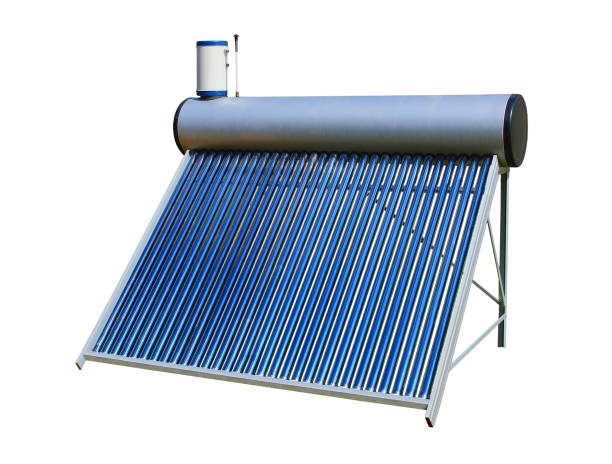Understanding Solar Thermal Collectors: Types and Applications
Solar thermal collectors are essential components in solar water heating and space heating systems. They capture solar energy and convert it into heat, which can be used for residential, commercial, and industrial applications. In this article, we will explore the four main types of solar thermal collectors: unglazed collectors, prismatic collectors, flat plate glazed collectors, and evacuated tube collectors.
1. Unglazed Collectors
Overview
Unglazed collectors are simple and cost-effective solar thermal devices designed mainly for low-temperature applications, such as heating swimming pools. They consist of a dark-colored absorber plate, typically made of plastic or rubber, which directly absorbs sunlight and transfers heat to a working fluid.
Advantages
Low-cost and easy to install
Ideal for pool heating and other low-temperature applications
Minimal maintenance required
Limitations
Less efficient in cold climates
Susceptible to heat loss in windy or cloudy conditions
2. Prismatic Collectors
Overview
Prismatic collectors are an advanced version of flat plate collectors, incorporating prismatic glass or structured surfaces to enhance light absorption. These collectors reduce reflection losses and improve overall efficiency, making them suitable for domestic and commercial water heating applications.
Advantages
Higher efficiency due to optimized light capture
Better performance in varying sunlight conditions
Reduced heat loss compared to unglazed collectors
Limitations
More expensive than basic flat plate collectors
Requires proper orientation for optimal performance
3. Flat Plate Glazed Collectors
Overview
Flat plate glazed collectors are among the most commonly used solar thermal collectors. They consist of an insulated, weatherproof box containing a dark absorber plate covered by a transparent glass or plastic cover. The glazing helps retain heat, improving efficiency for medium-temperature applications such as domestic water heating and space heating.
Advantages
Durable and long-lasting
Good efficiency in various climates
Suitable for both residential and commercial use
Limitations
Heavier and bulkier compared to other types
Efficiency drops significantly in cold weather without additional insulation
4. Evacuated Tube Collectors
Overview
Evacuated tube collectors (ETCs) are among the most efficient solar thermal collectors. They consist of multiple glass tubes, each containing an absorber plate enclosed in a vacuum-sealed environment. This vacuum minimizes heat loss, making ETCs ideal for cold climates and high-temperature applications.
Advantages
Excellent performance in cold and cloudy conditions
High efficiency due to minimal heat loss
Suitable for industrial processes and high-demand water heating
Limitations
Higher initial cost
More complex installation and maintenance
